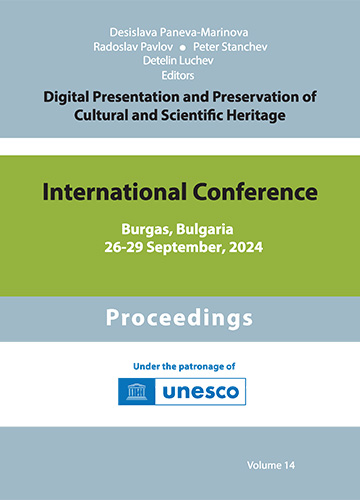Scientific Data Reusability: Concepts, Impediments and Enabling Technologies
DOI:
https://doi.org/10.55630/dipp.2015.5.1Keywords:
not definedAbstract
High-throughput scientific instruments are generating massive amounts of data. Today one of the main challenges faced by researchers is to make the best use of the world’s growing wealth of data. Data (re)usability is becoming a distinct characteristic of modern scientific practice, as it allows reanalysis of evidence, reproduction and verification of results, minimizing duplication of effort, and building on the work of others. The paper addresses the technological dimension of data reusability: the scientific data universe, the impediments of data (re)reuse; the data publication process as a bridge between data author and user and the relevant technologies enabling this process. 1References
A. Zimmerman, “Data Sharing and Secondary Use of Scientific Data: Experiences of Ecologists”, Unpublished Dissertation, Information and Library Studies, University of Michigan, Ann Arbor, 2003
National Research Council, “Bits of power: Issues in global access to scientific data”, Washington, DC: National Academy Press, 1997
National Research Council – Committee for a Study on Promoting Access to Scientific and Technical Data for the Public Interest 1999, “A Question of Balance: Private Rights and the Public Interest in Scientific and Technical Databases”
National Science Board, “Long-lived Digital Data Collections: Enabling Research and Education in the 21st Century”, September 2005
R. Neches, R. Fikes, T. Finin, T. Gruber, R. Patil, T. Senator, W. Swartout, “Enabling Technology for Knowledge Sharing”, in AI Magazine Vol. 12, Number 3 (1991)
B. Lawrence et al “Citation and Peer Review of Data: Moving Towards Formal Data Publication”, in International Journal of Digital Curation, 6 (2)
The Royal Society Science Center Report 2012 “Science as an Enterprise”
J. Gray, et al “Omline Scientific data Curation, Publication and Archiving” , Technical Report MSR-TR-2002-74, Redmond, WA: Microsoft Research
R. Ikeda, and J. Widom 2010 “Panda: A System for Provenance and Data”, in IEEE Data Engineering Bulletin, Special Issue on Data provenance, 33
L. Moreau, J. Freire, J. Futrelle, R. McGrath, J. Myers, P. Paulson, “The Open Provenance Model: An Overview”, in IPAW 2008, LINCS 5272, Springer-Verlag Berlin, 2008
T. Strang and C. Linnhoff-Poppien 2004 “A Context Modeling Survey” in Workshop on “Advanced Context Modeling, Reasoning and Management” associated with the Sixth International Conference on “Ubiquitous Computing”
C. Batini and M. Scannapieco 2006 “Data Quality: Concepts, methodologies, and Techniques”, Springer, New York
V. Chavan, L. Penev, “The Data Paper: A Mechanism to Incentivize Data Publishing in Biodiversity Science” in BMC Bioinformatics 2011, 12 (Suppl 15)
T. Gruber, “Towards Principles for the Design of Ontologies Used for Knowledge Sharing” in “Formal Ontology in Conceptual Analysis and Knowledge Representation”, Technical Report KSL 93-04, Knowledge Systems Laboratory, Stanford University
N. Paskin 2004, “Digital Object Identifier for Scientific Data”, 19th International CODATA Conference, Berlin
M. Altman and G. King, “A Proposed Standard for the Scholarly Citation of Quantitative Data” in D-Lib Magazine March/April 2007
S. Woutersen-Windhouwer et al. 2009 “Enhanced Publications”, edited by M. VernooyGerritsen, SURF Foundation, Amsterdam University Press
C. Bizer, T. Heath, T. Berners-Lee, “Linked Data – The Story So Far” in International Journal on Semantic Web & Information Systems, 5 (3), 1-22, 2009




